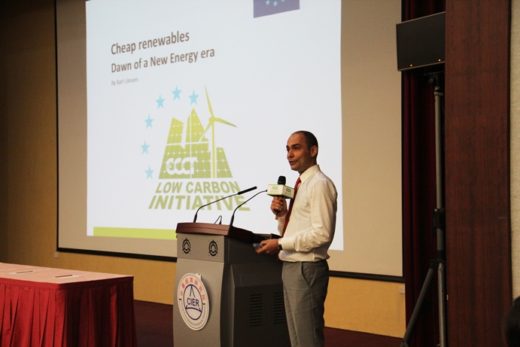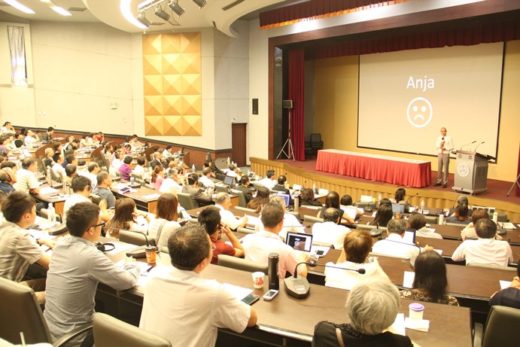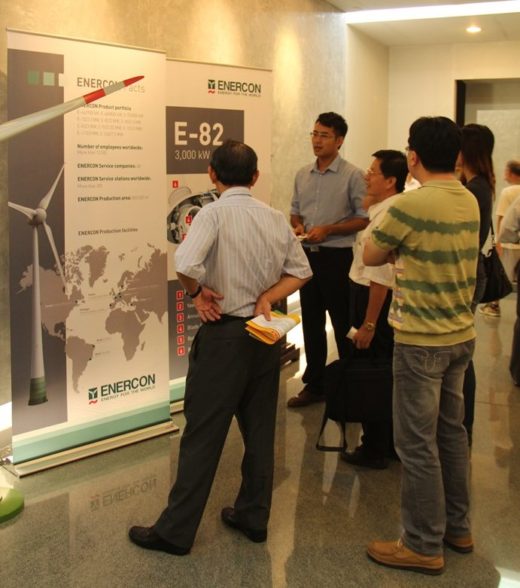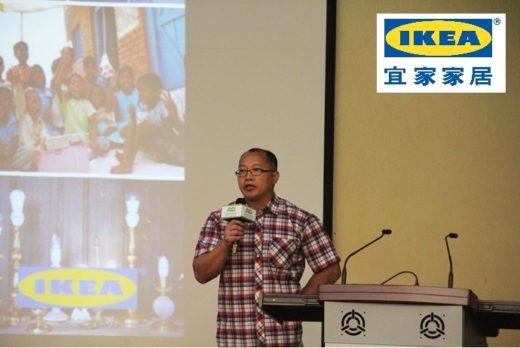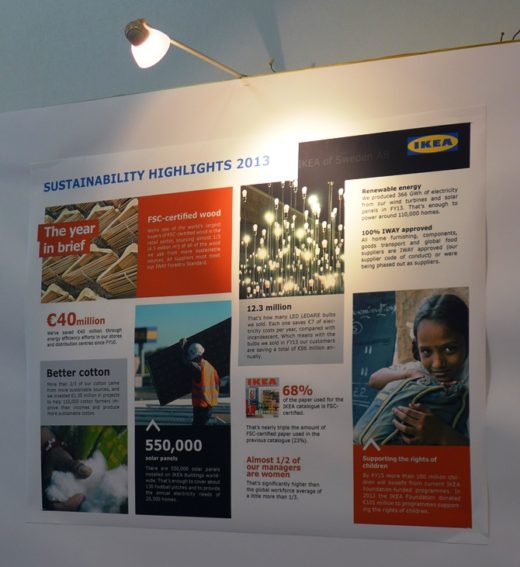ECCT LCI participates in MoEA conference on green economy trends
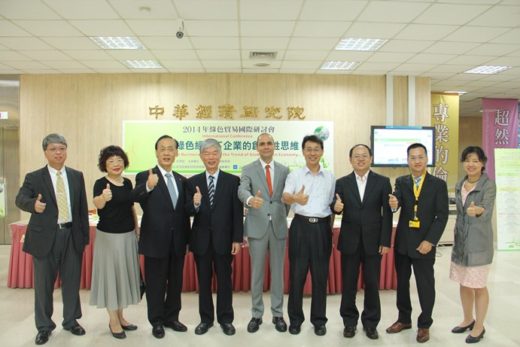
On 11 July representatives from two LCI member companies, Solvent and IKEA, gave presentations at the International Conference on "Innovative Business Visions in the Trend of Global Green Economy" arranged by the Bureau of Foreign Trade (BoFT, under the Ministry of Economic Affairs, MoEA) in cooperation with the Green Trade Project Office (GTPO, MoEA) and the LCI. Over 320 participants registered for the conference including government officials from the MoEA, National Development Council, Taipei City Government, New Taipei City Government, Ministry of Foreign Affairs, local corporations including Taipower, Delta, LiteOn, Compal, Tatung, research institutes ITRI and III and TAITRA.
Opening remarks were made by Paul Wang, Chief Secretary of the BoFT, Dr Liang Chi-yuan, Chairman of the Chung-Hua Institution for Economic Research (CIER) and Dr Wen Lih-chyi, Deputy Director of the GTPO. Dr Wen also introduced the speakers from the morning session and moderated a panel discussion to wrap up the morning session...
